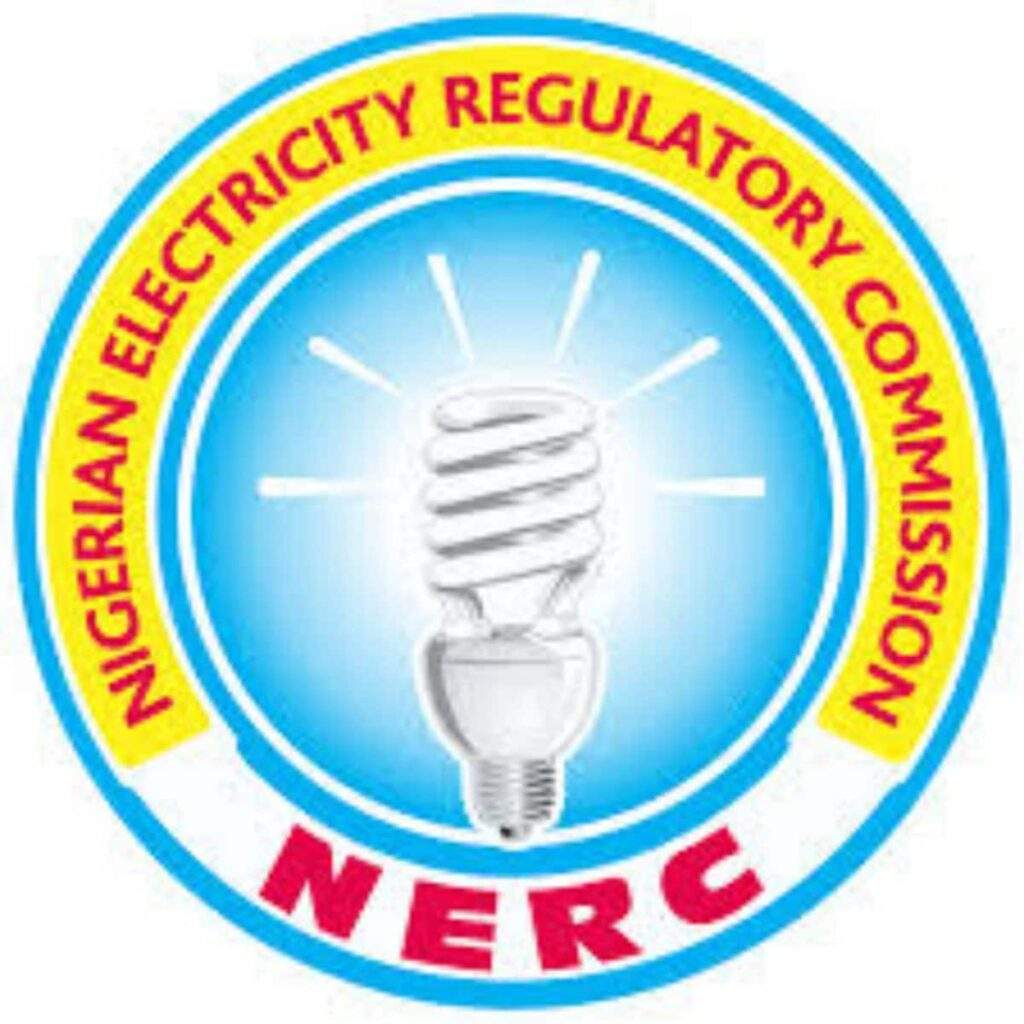Most power plants in Nigeria are operating well below their full capacity, contributing to the country’s ongoing struggle with unreliable electricity supply. According to data from the Nigerian Electricity Regulatory Commission, only ten out of 26 power plants are classified as major and are currently generating around 56% of the total power consumed in the country. These include well-known plants such as Egbin ST, Delta GS, and Azura IPP.
On the other hand, the remaining sixteen power plants, including Afam IV-V, Sapele ST, and Olorunsogo NIPP, are operating at a much lower capacity of around 37%. This means that they are only producing about 1,053MW of the total power consumed in Nigeria, which falls far short of the country’s industrialization needs.
The Minister of Power, Adebayo Adelabu, has expressed concern over the current state of electricity generation in Nigeria, stating that the country cannot continue with a capacity of only 4000 MW. He has pledged to increase the generation capacity to 6000 megawatts within the next six months.
The challenges facing Nigeria’s power sector are further exacerbated by issues such as vandalism of transmission facilities and constraints on gas supply. The Transmission Company of Nigeria has cited these factors as contributing to the frequent interruptions in power supply across the country. In fact, the national grid collapsed for the fourth time in 2024 on March 28th, highlighting the urgent need for improvements in the country’s power infrastructure.
Despite ongoing efforts to address these challenges, Nigeria continues to grapple with a power crisis that has persisted for over a decade. With a total installed capacity of 12,199 megawatts, the country’s current electricity generation falls significantly short of what is needed to support its growing population and industrial development.
As Nigeria works towards enhancing its power generation capacity and improving the reliability of its electricity supply, there is a pressing need for sustainable solutions to ensure that the country can meet the energy demands of its diverse population and support its economic growth.
